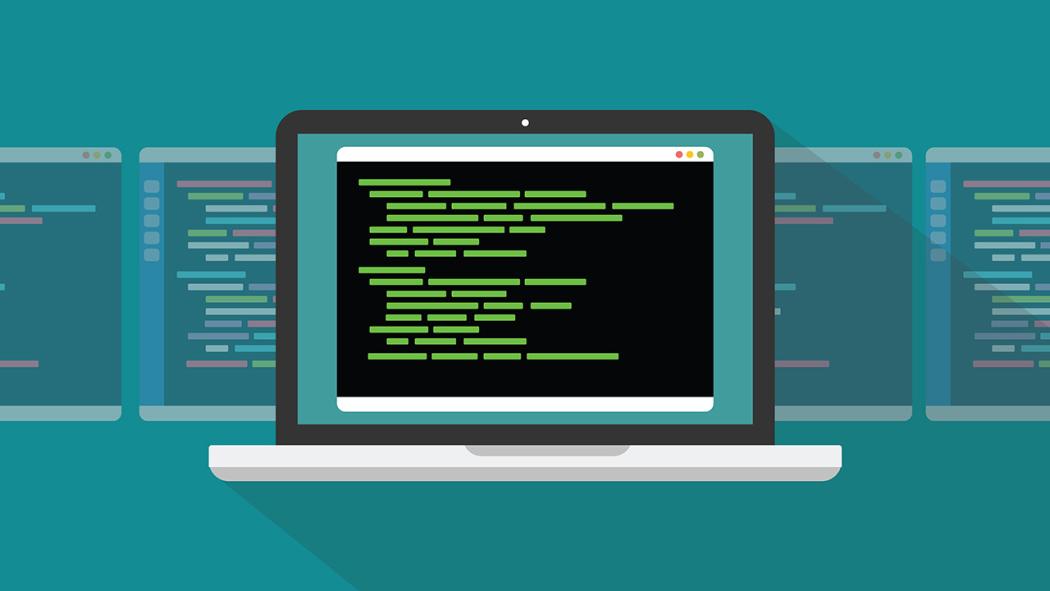
This can be achieved by changing file permissions. Say you do not want your colleague to see your personal images. This means the user can only:Ĭhanging file/directory permissions in Linux Using ‘chmod’ command The third part is for the world which means any user. It for the user group ‘Home’ and group-members can: Thus, a user ‘tom’ is added to a group named ‘tom’. will add users to a group of the same group name as the user name. He cannot execute the file since the execute bit is set to ‘-‘.īy design, many Linux distributions like Fedora, CentOS, Ubuntu, etc. The characters are pretty easy to remember. Here, the first ‘ –‘ implies that we have selected a file.p>Įlse, if it were a directory, d would have been shown.
#LINUX RENAME FILE CODE#
Here, we have highlighted ‘-rw-rw-r–‘and this weird looking code is the one that tells us about the Unix permissions given to the owner, user group and the world. Let’s see file permissions in Linux with examples:

If the execute permission is not set, you might still be able to see/modify the program code(provided read & write permissions are set), but not run it. In Unix/Linux, you cannot run a program unless the execute permission is set.

Consider a scenario where you have to write permission on file but do not have write permission on the directory where the file is stored. The write permission on a directory gives you the authority to add, remove and rename files stored in the directory.
:max_bytes(150000):strip_icc()/ren-command-windows-10-c60d4449ab104ec38e3183e74999f97c.png)

Hence, a user is also sometimes called an owner.Ī user- group can contain multiple users. By default, the person who created a file becomes its owner. Let us start with the Ownership.Ĭlick here if the video is not accessibleĮvery file and directory on your Unix/Linux system is assigned 3 types of owner, given below. Here, we will explain Linux permissions and ownership and will discuss both of them. The concept of Linux File permission and ownership is crucial in Linux. Changing file/directory permissions in Linux Using ‘chmod’ command.In this Linux file commands tutorial, you will learn. For effective security, Linux divides authorization into 2 levels. But this raises security concerns as an unsolicited or malign user can corrupt, change or remove crucial data. Linux can also be used in mainframes and servers without any modifications. Linux is a clone of UNIX, the multi-user operating system which can be accessed by many users simultaneously.


 0 kommentar(er)
0 kommentar(er)
